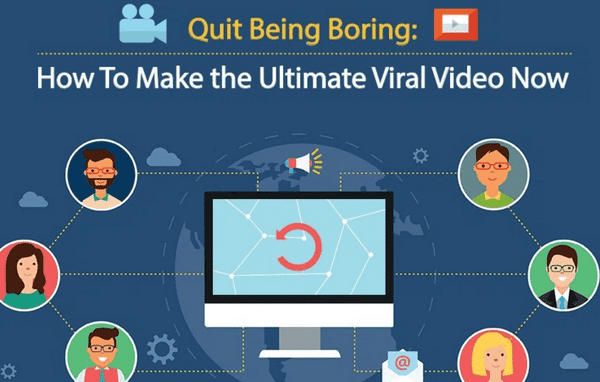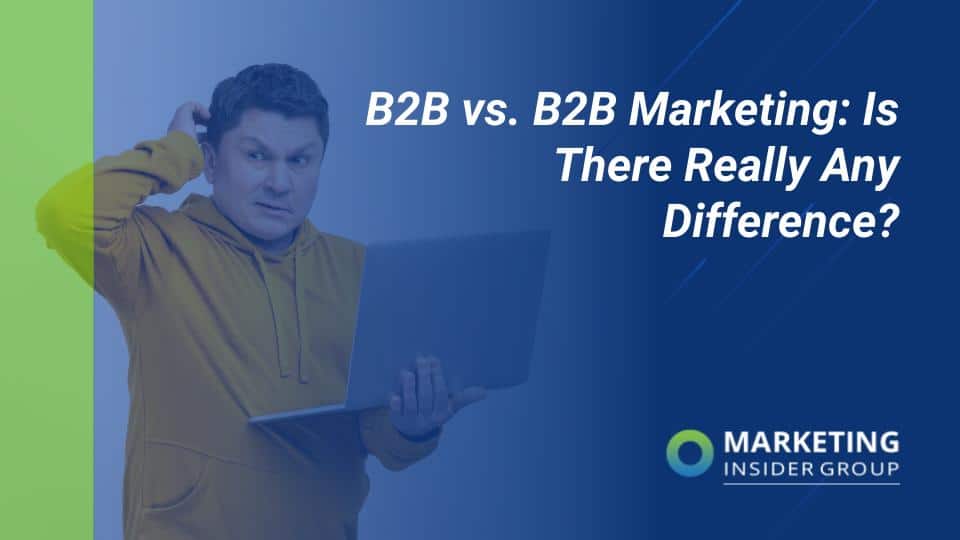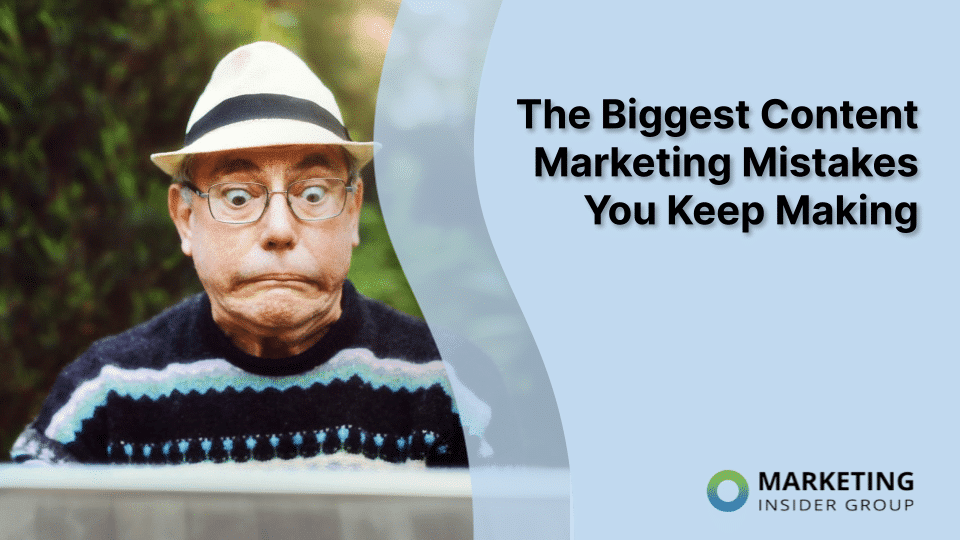
Is There A Science To Making A Viral Video?
For years, one of my favorite marketing jokes came from my friend Todd Wheatland in answering the question we all receive in corporate marketing departments: How to make a viral video?
Todd proposed only one viable answer: “Shut up!”
Those of us in marketing know that video isn’t going anywhere. Cisco predicts that video traffic will account for 80% of all internet traffic by 2019. Many marketers agree with Cisco on video’s potential – 41% of surveyed agencies believe video is as effective as TV, and 31% reported that video ads are more effective than TV ads.
Consumer appetite for videos also supports this content marketing prediction. In its first-ever Top 100 Brand Report, YouTube found that views of the top 100 brands’ video content have nearly doubled in the last 12 months – consumers have watched their videos more than 18 billion times last year.
Businesses who haven’t invested in a content marketing video strategy should really start now because you are losing out on opportunities to engage consumers and generate more sales. If you are ready to get started, here are some tips and best practices you can follow to create highly shareable videos for your company.
The Science Behind Highly Shareable Content
So what else can you do to produce highly shareable videos? According to research The New York Times conducted a few years ago, they found that people shared content primarily for these five reasons:
- To share valuable or entertaining content with others.
- To give people a better sense of who they are.
- To stay connected and maintain relationships with others.
- To feel more involved in their community or in the world.
- To spread the word about causes they care about.
To encourage people to share your video, you should aim to fulfill at least one of these five reasons. To increase your shareability even more, you can also incorporate these five tactics into every video you create:
- Appeal to people’s desire to connect with others, not just with your brand.
- Keep your story and message simple, don’t overcomplicate it.
- Appeal to people’s sense of humor, make them laugh.
- Work to build trust with your audience. Don’t give the ‘hard sell.’
- Create a sense of urgency so people will act on your video.
Maximizing Your Video ROI
The best branded viral videos aren’t created by accidents. A great video won’t go viral if no one shares it. Conversely, it doesn’t matter how viral your video is, if the video doesn’t deliver the business results you want it likely isn’t very effective. You need an integrated strategy that ties your video and content to lead generation, marketing and sales efforts to truly accomplish your business goals.
4 Steps to Guide Your Video Development Process
- Work with the relevant departments to determine the goals you want to accomplish with your video. Then craft the story with a storyboard, with an organized timeline of additional content you can use to amplify the video.
- Depending on your budget, you can create your video with a smartphone, webcam, professional-grade equipment, or with a media agency. You also need to develop plans for your social media and email campaigns as well as other related promotional content.
- Publish and work with media and influencers to promote your video.
- Measure and compare your video’s performance against the established goals. Identify what worked well and didn’t work to improve future performance.
8 Lessons From American Greetings “World’s Toughest Job” Video
Chances are you’ve watched that “World’s Toughest Job” video, which was created by American Greetings for their Mother’s Day campaign last year. If not, you should really watch it now. Why? Just five days after it was posted, the video garnered a whopping 13.8 million views and 1.6 million social shares.
There are lots of great lessons marketers can take away from this video:
- “No Guts, No Glory.”
Originally Mullen Lowe, the advertising agency behind the video campaign, had planned to take a more conventional approach with their paid media promotion plan, like many of their past campaigns. But the team knew that for people to really connect with the video, it had to be shared organically with their audience rather than being forced on them like ads. So they scraped their original promotion plan and opted for a new, riskier strategy focused on PR- and earned-media-led promotion tactics. The risk paid off in the end as the video campaign was a huge success and generated lots of media buzz.
Lesson: You need a good plan to distribute and promote every video you create. Don’t be afraid to think outside the box and try something new and different that has higher potential for impact.
- “PR Has The Power.”
Most of the time PR is left out or brought in at the end of the advertising process. But the Mullen team started engaging and pitching the idea to media outlets early on, and when the video campaign finally launched their efforts paid off. The story was immediately picked up by many media outlets on the day of campaign launch, and generated over 733 million earned impressions from coverage by The Today Show, Good Morning America, The Wall Street Journal, Time Magazine, and Huffington Post, and many more.
Lesson: People make videos go viral, but the media fuels their sharing. When creating a video, think about how you can leverage press and influencers to drive promotions and social sharing.
- “Never Underestimate The Power Of A Great Headline.”
The first media outlet to pick up the video was Adweek, which ultimately contributed the most video views and shares among all the outlets who ran the story. The Mullen team analyzed why the Adweek article was so successful, and they found that the headline played a huge role in the viral growth of the video. The title created enough suspense to capture people’s attention, and it was also short enough for people to share easily on character-limited channels like Twitter. This encouraged more people to click, read related coverage, and share.
Lesson: Create a short but compelling headline that piques people’s interest to learn more and watch your video.
- “Don’t Scream Into The Wind.”
The Mullen team decided to launch the video a full month before Mother’s Day. While this was a little risky, they felt this early start would allow them to get their message out and avoid competing with all the other Mother’s Day noise generated before the actual day. This plan worked, and the video continued to generate impressive numbers of views and shares and maintain momentum through Mother’s Day.
Lesson: When planning your launch date, think about how you can work with timing, not against it.
- “The Media Behaves Like People.”
Just like how viral content spreads among people, media outlets follow and share what influencers in their industry are sharing. The Mullen team observed how the media who first reported the story became the source for other outlets, and the influential ones prompted activities from their followers and counterparts.
Lesson: Target influential media outlets and individuals and get them on board with promoting your video, and the rest will follow.
- “A Little Controversy Is A Good Thing.”
Initially the Mullen team was concerned about opposing views that started appearing during the campaign. Some argued that dads also have a difficult job and that being a mom isn’t the toughest job. These trends were picked up by the media and some used these as a way to stand out from other media coverage. But people, including moms, started defending the video on their own, and the contrary opinions remained in the minority.
The video’s ability to spark interesting, passionate debate helped gain additional media coverage and extended the video’s viral lifespan, which all contributed to its social growth.
Lesson: Aim to inspire an emotional connection that can engage or resonate with your audience.
- “People Need to Feel Something To Share Something.”
Looking more closely at their data after the campaign ended, the Mullen team found that there were two specific frames within the video that had the biggest impact on its viral success. As the participants in the video expressed moments of surprise, happiness and personal reflection, so did the viewers. The video’s ability to make a real emotional connection was a very powerful motivator to keep people watching and sharing the video.
Lesson: People feel what they see, so make your viewers feel something with your video and move them to action with that emotional response.
- “There Is No Formula For Making Something Go Viral.”
As much as we would like there to be a bulletproof formula to replicate, there is no such secret recipe that will guarantee viral success. What marketers can do is learn from the videos that have gone viral and use these as best practices and inspiration for success.
Lesson: Use videos that have gone viral as guides to help you identify patterns and insights that will improve your future performance.
What other tips or best practices have you found useful to produce highly shareable content? Please share your ideas below!

6 Reasons Your Marketing Video Isn’t Going Viral
If you’re having trouble achieving viral lift-off, you may not have gotten the formula quite right. It takes a relevant idea, creativity, an emotional connection, and some technical SEO – as well as a lot of luck. This last factor is something you don’t actually have any control over.
What you can control is the viral-worthiness of your video. Go through this checklist of reasons why your video isn’t going viral and prime your visual content for viral success. That way, when lady luck does smile on your marketing video, it has everything in place to make it to the stars.
1. Your Video Doesn’t Evoke Emotion
Look at some of the best viral marketing videos:
Google Android’s Friend’s Furever – a mash-up of the cutest and strangest animal friends as part of their ‘Be together. Not the same.’ campaign.
Chipotle’s The Scarecrow – a dystopian video about sustainable farming and food production as part of their ‘Food with Integrity’ campaign.
And then, one of the funniest marketing videos of all time. DollarShaveClub.com’s Our Blades campaign.
Whether these videos warm your heart, trigger empathy, or crack you up, they are all playing off of emotion. Your video may be entertaining, filled with celebrities, or the most helpful piece of visual kit your customers ever saw. If it’s not creating an emotional response, it’s not going to go viral.
2. It’s Still in the Box
Viewers share video content that will wow their friends. So, in order to go viral, you’ve got to be original. This can be tough because if you go too out-of-the-box with your creative idea, you’re going to lose interest before you even get started.
Here’s an example of a totally fresh approach on the typical perfume commercial from Kenzo World. The genius here is that it still features a pretty woman in a glitzy, romantic environment, just like every other perfume ad. It’s just that this woman doesn’t act like the typical female fragrance heroine.
When coming up with ideas, ask if someone watching your video will be taken by surprise. Think about it, when you are wowed by something out of the ordinary, you don’t want to keep it a secret. You want to tell other people so they can get that same thrill. When you can motivate that response, you may have a viral marketing video.
3. You’re Not Using the Right SEO for Your Video
Before anyone can share your video, they first have to find it. You need to optimize your video for search engines to make it easy for people to find your content.
- Your video title should be clear and appealing, i.e. very clickable
- Use relevant keyword tags
- Write an accurate description for your video – this is also where you want to put your call-to-action
- Create some quality back links by reaching out to relevant websites and industry bloggers that may be interested in sharing your content
- Share your video on your social media sites
4. You Don’t Have a Thriving YouTube Channel
YouTube isn’t the only social network for videos. Facebook, for example, is a huge visual media contender with over 4 billion video views every day. Still, when it comes to optimizing the conditions for your video to go viral, you do want to milk YouTube for all it’s worth.
In order to achieve a higher ranking on YouTube, factors like the number of views, ratings, and comments matter – but so does channel activity. Brands that regularly upload content to their YouTube channels, and have collected a high number of subscribers, are going to be more readily found on YouTube and more likely to have videos that go viral.
5. You’re Marketing Video Isn’t Part of a Larger Strategy
This is where your strategic marketing comes into play. Your marketing video is going to make a bigger splash if it is a part of a well thought out content marketing strategy.
Is your viral hopeful part of a wider marketing campaign? How receptive is your audience to this campaign? What type of feedback are you getting so far from your other content?
Have you been priming your social media followers and email newsletter subscribers with the right mood so the tone of your wow-factor video doesn’t come completely out of left field? For example, if Chipotle had been going in the direction of good humor on their Facebook page in the weeks leading up to The Scarecrow video, the context of the brand’s deep, thoughtful message wouldn’t have translated well.
Do you have other marketing videos planned? Is it part of a series? Should you have a follow-up or sequel video to capitalize on the effect of your viral video, like Dollar Shave Club’s Let’s Talk About #2 and Razor Man?
Is your landing page designed in such a way as to seamlessly flow with the personality and messaging of your viral video so when people do click to your website, they’re likely to stay there and explore?
6. You’re Not Lucky
Even if you have a viral-worthy video, that doesn’t mean it will go viral. Luck, timing, an experienced choreographer, planetary alignments – a lot goes into a video going viral. But, by making the effort to create a marketing moving picture masterpiece, you still win. You’ll have a high-quality, original, engaging marketing video that will make your viewers feel that much more is attached to your brand. And, of course, when you do get a viral one in six months, your millions of viewers will check out your earlier gem too.






